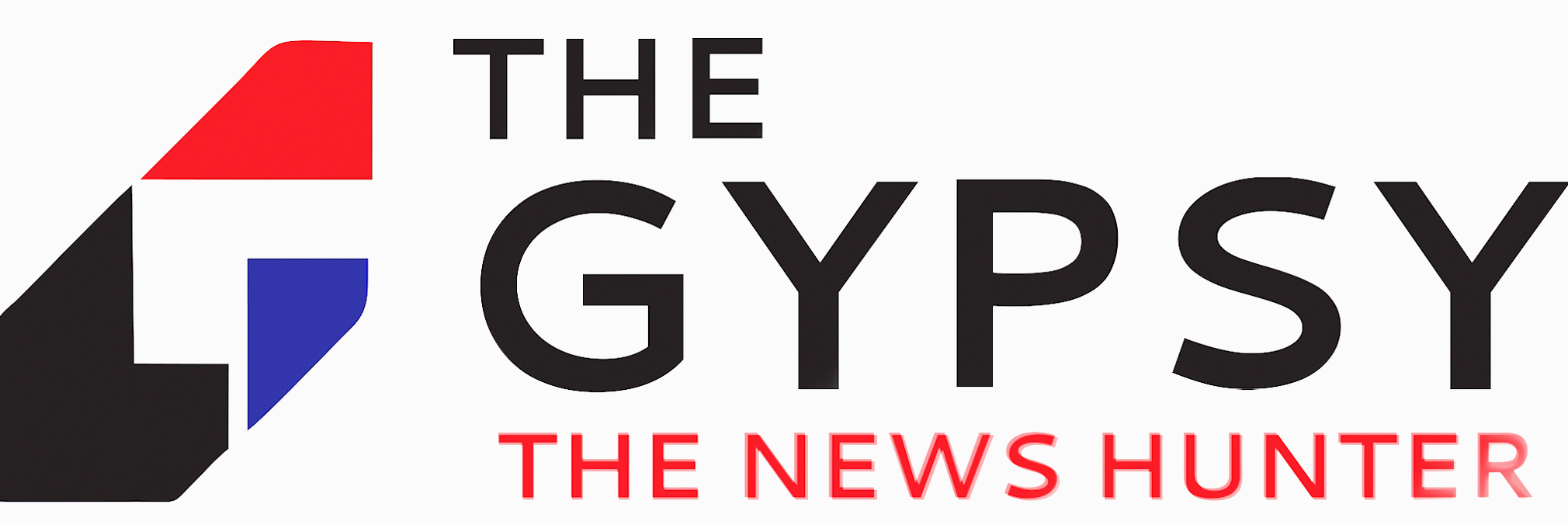New Delhi, September 07, 2020: Reserve Bank of India today released the K V Kamath-led Committee report, which had recommended financial parameters to be factored in the resolution plans under the ‘Resolution Framework for Covid19-related Stress’ along with sector specific benchmark ranges for such parameters.
The committee has recommended financial ratios for 26 sectors which could be factored by lending institutions while finalizing a resolution plan for a borrower. The financial aspects include those related to leverage, liquidity, debt serviceability.
The RBI had formed a five-member committee under the chairmanship of Kamath to make recommendations on the financial parameters to be considered for the one-time restructuring of loans impacted by the Covid 19 pandemic. Other members of the committee are former State Bank of India executive Diwakar Gupta, current Canara Bank chairman TN Manoharan, consultant Ashvin Parekh and Indian Banks’ Association (IBA) CEO Sunil Mehta who was also a secretary to the committee.
It had asked the panel to recommend a list of financial parameters, including leverage, liquidity, and debt serviceability, to decide on the resolution plan. The committee will also vet the resolution plans for all the accounts where the exposure is more than ₹1,500 crore.
The Kamath panel selected the following sectors for the purpose of recommending financial parameters to be factored in the resolution plan:
1 Power
2 Construction
3 Iron & Steel Manufacturing
4 Roads
5 Real Estate
6 Trading-Wholesale
7 Textiles
8 Chemicals
9 Consumer Durables/FMCG
10 Non-ferrous Metals
11 Pharmaceuticals Manufacturing
12 Logistics
13 Gems & Jewellery
14 Cement
15 Auto Components
16 Hotel, Restaurants, Tourism
17 Mining
18 Plastic Products Manufacturing
19 Automobile Manufacturing
20 Auto Dealership
21 Aviation
22 Sugar
23 Port & Port services
24 Shipping
25 Building Materials
26 Corporate Retail Outlets
“The recommendations of the Committee have been broadly accepted by the Reserve Bank. Accordingly, a follow up circular to the Resolution Framework guidelines announced in August 6, 2020, has been issued today by the Reserve Bank specifying five specific financial ratios and the sector-specific thresholds for each ratio in respect of 26 sectors to be taken into account while finalising the resolution plans,” the central bank said in a statement.
In respect of other sectors where certain ratios have not been specified, the lenders shall make their own assessment keeping in view the contours of the circular dated August 6, 2020 and the follow-up circular issued today, the circular added.
The committee panel recommended lenders to mandatorily consider total outstanding liabilities/adjusted tangible net worth, total debt/EBITDA, Current Ratio, Debt Service Coverage Ratio, and average debt service coverage ratio.
Signing inter-creditor pact will be mandatory to invoke debt resolution. To assess inter-creditor pact compliance is needed in supervisory review. Lenders are free to consider other financial parameters in addition to five mandatory ones, the report stated.
The panel also recommended that debt service coverage ratio should be 1 and above in all eligible cases. Banks should consider pre-covid financial state of company and covid impact to finalise recast plan.
However, only those borrower accounts shall be eligible for resolution which were classified as standard, but not in default for more than 30 days with any lending institution as on March 1, 2020.
According to RBI, the resolution framework may be invoked not later than December 31, 2020 and the plan needs to be implemented within 180 days from the date of invocation.
Moreover, banks may restructure loans of more than ₹10 lakh crore largely attributed to 5-6 critical sectors, including aviation, commercial real estate and hospitality, that have been severely hit by the Covid-19 outbreak, according to bankers.
Finance Minister Nirmala Sitharaman last week asked banks and NBFCs to roll out one-time loan restructuring scheme for Covid-19 related stress by September 15.







